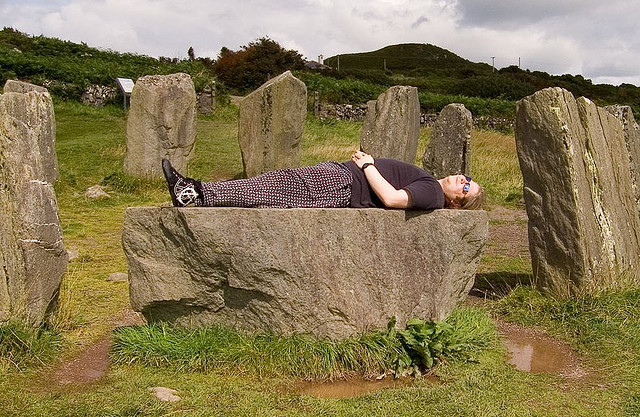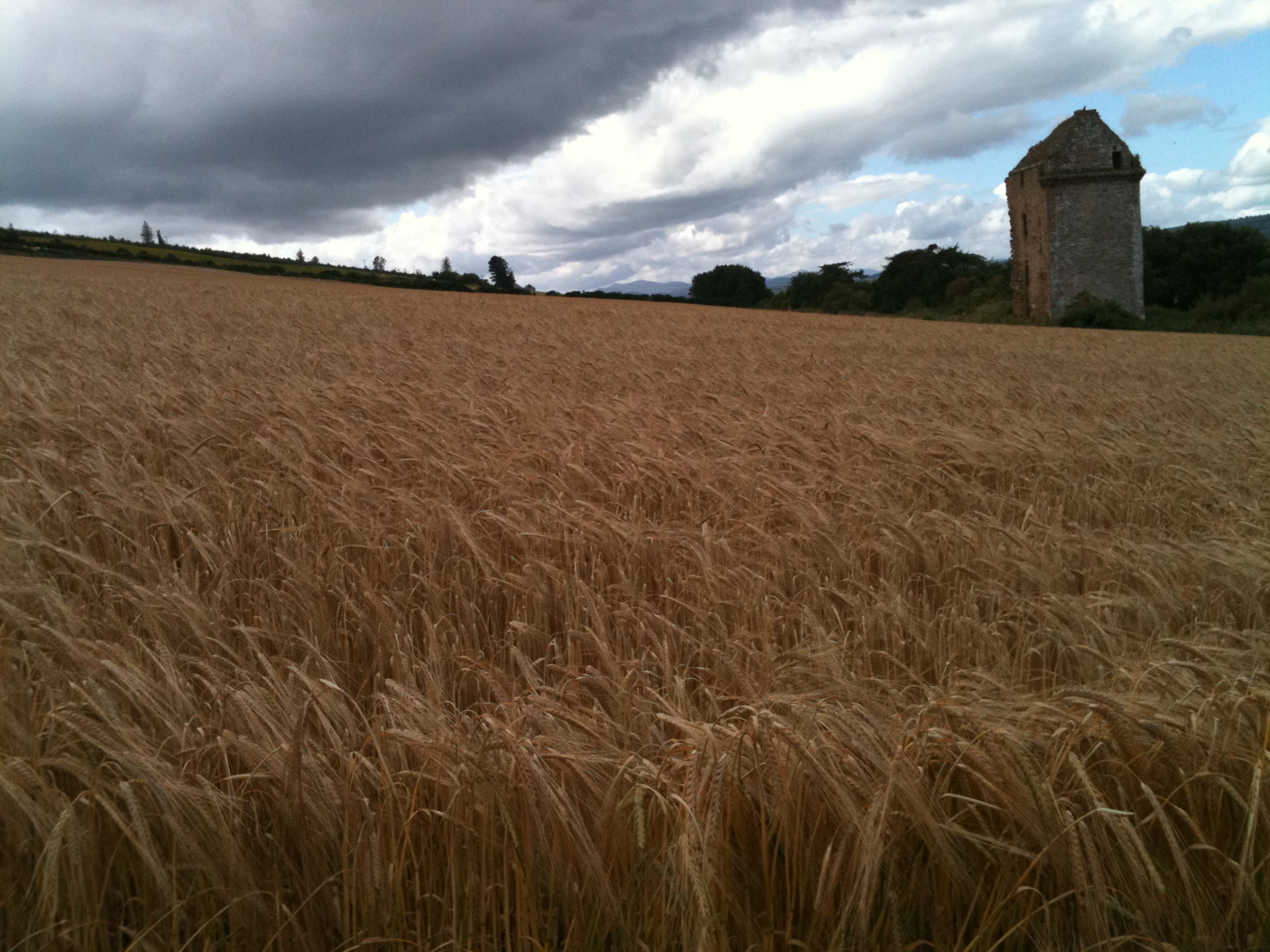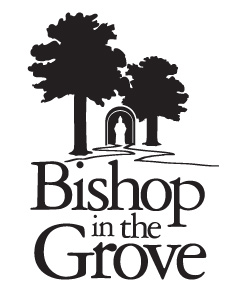Tag: Metaphor
-

Blood Sacrifices Are So Messy
My inbox over Thanksgiving weekend was flooded with talk of — you guessed it — blood sacrifices. The debate raged over whether making blood sacrifices, a practice strongly rejected by my tradition, ADF, is worth consideration. After all (the argument goes), the ancients did it. Plus, there’s a case being made for the awareness of […]
-

How Do We Stock Our Metaphoric Pantry?
Last year on Lughnasad I was all worked up over food. Riffling through some old files yesterday I discovered this entry: I’m not sure there’s a way to talk about the “First Harvest” without paying mind to the fact that there is a severe drought across the land, or that in other parts of the […]
-

A Conscientious Objection to the War on Christmas
While this Pagan was in the middle of the most Christian part of our country, singing “Silent Night” to rooms full of cheery Jesus-folk, a small group of vocal and well represented Christians took up arms in a supposed “war on Christmas,” and now my Pagan brothers and sisters across the internet are all in […]


